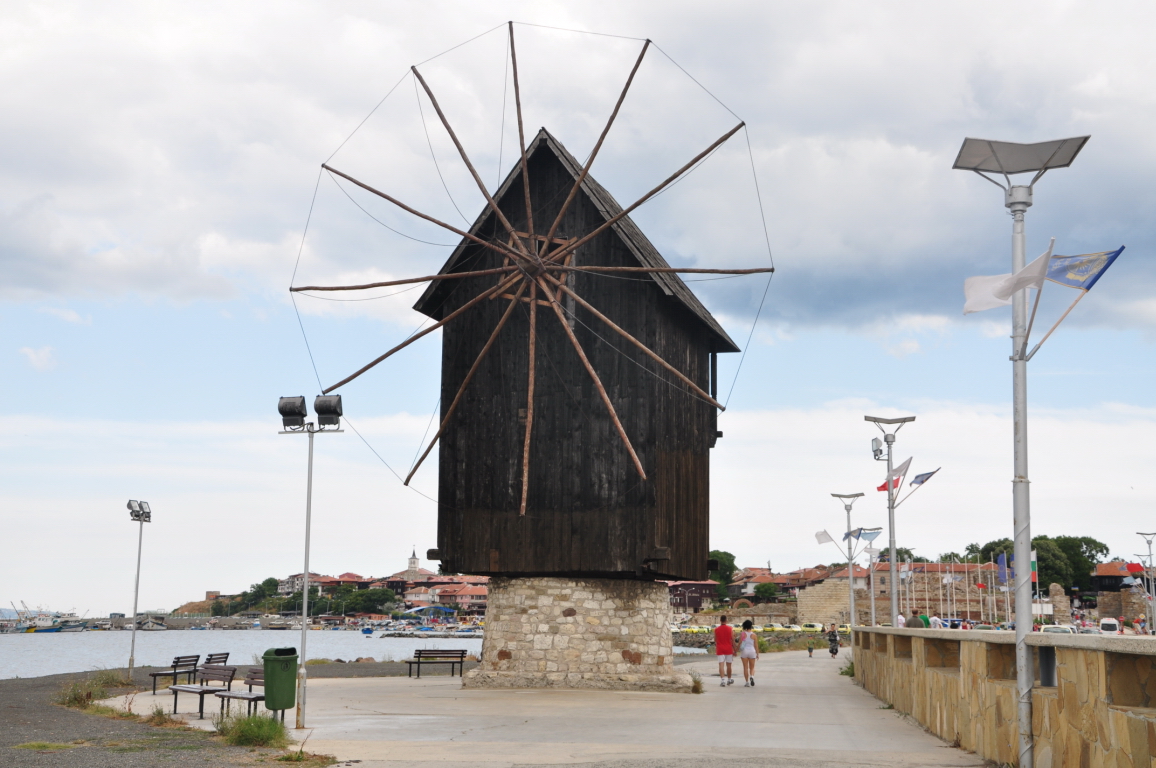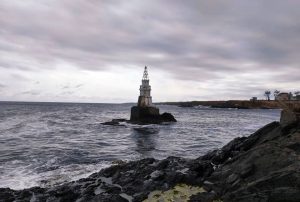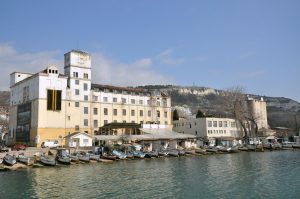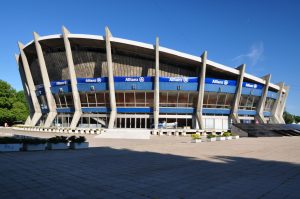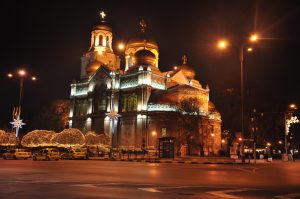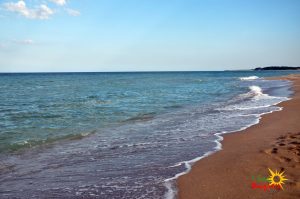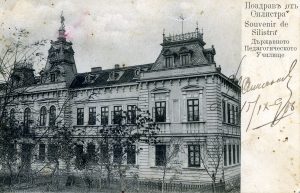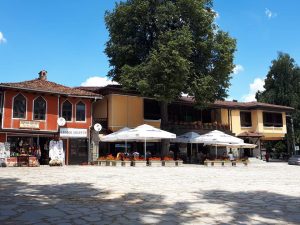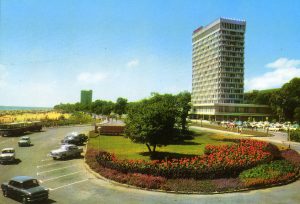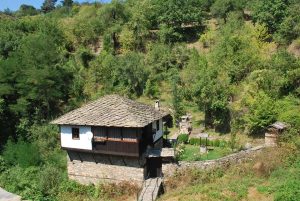Nesebar (often transcribed as Nessebar and sometimes as Nesebur, Bulgarian: Несебър, pronounced [nɛˈsɛbɐr]) is an ancient city and one of the major seaside resorts on the Bulgarian Black Sea Coast, located in Burgas Province. It is the administrative centre of the homonymous Nesebar Municipality. Often referred to as the “Pearl of the Black Sea“, Nesebar is a rich city-museum defined by more than three millennia of ever-changing history. The small city exists in two parts separated by a narrow man-made isthmus with the ancient part of the settlement on the peninsula (previously an island), and the more modern section (i.e. hotels, later development) on the mainland side. The older part bears evidence of occupation by a variety of different civilisations over the course of its existence.
It is one of the most prominent tourist destinations and seaports on the Black Sea, in what has become a popular area with several large resorts—the largest, Sunny Beach, is situated immediately to the north of Nesebar.
Nesebar has on several occasions found itself on the frontier of a threatened empire, and as such it is a town with a rich history. Due to the city’s abundance of historic buildings, UNESCO came to include Nesebar in its list of World Heritage Sites in 1983.
As of December 2009, the town has a population of 11,626 inhabitants
Churches
Nesebar is sometimes said to be the town with the highest number of churches per capita. Today, a total of forty churches survive, wholly or partly, in the vicinity of the town. Some of the most famous include:
the Church of St Sophia or the Old Bishopric (Stara Mitropoliya) (5th–6th century)
the Basilica of the Holy Mother of God Eleusa (6th century)
the Church of John the Baptist (11th century)
the Church of St Stephen or the New Bishopric (Nova Mitropoliya) (11th century; reconstructed in the 16th–18th century)
the Church of St Theodore (13th century)
the Church of St Paraskevi (13th–14th century)
the Church of the Holy Archangels Michael and Gabriel (13th–14th century)
the Church of Christ Pantocrator (13th–14th century)
the Church of St John Aliturgetos (14th century)
the Church of St Spas (17th century)
the Church of St Clement (17th century)
the Church Assumption of the Holy Virgin (19th century)
Whether built during the Byzantine, Bulgarian or Ottoman rule of the city, the churches of Nesebar represent the rich architectural heritage of the Eastern Orthodox world and illustrate the gradual development from Early Christian basilicas to medieval cross-domed churches.
Closest Airports
Burgas Airport 19 km
Varna Airport 65 km
map of Nesebar
source: en.wikipedia.org
